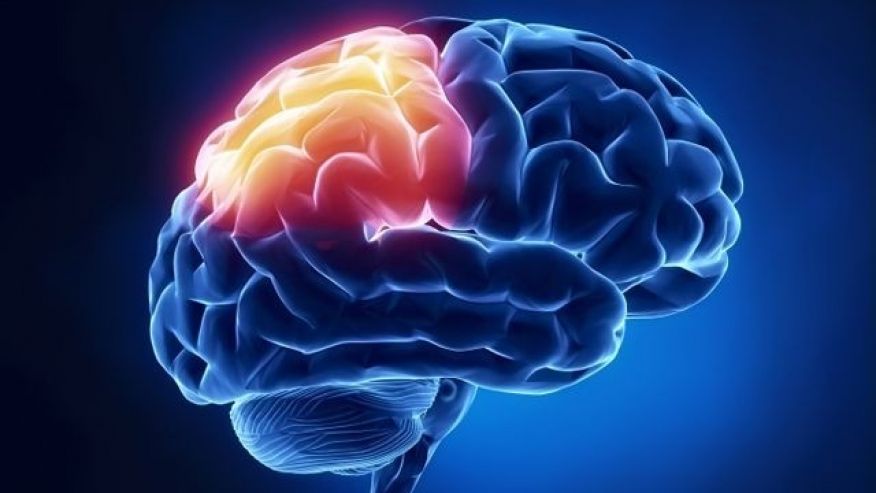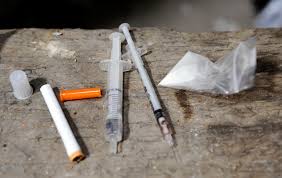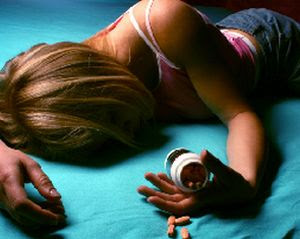Understanding alcoholism deeply

Understanding alcoholism deeply marks the beginning of the long journey of quitting
Understanding alcoholism deeply: When do you begin noticing alcoholism problems?
Evidence gathered from different studies indicate that alcohol is the most abused drug globally. This beats the logic behind its legalization for consumption. In view of that concern, we want to focus our discussion on understanding alcoholism deeply by unlocking its complications in a series of articles primarily to raise awareness of this issue. We are going to be relying on the expert opinions of the professional from AWAREmed Health and Wellness Resource Center under the able leadership of doctor Dalal Akoury (MD) who is also the founder of the facility.
From the professionals’ opinion, alcoholism is an addiction to the consumption or the misuse of all kinds of alcoholic beverages or any other mental illness and compulsive behavior accruing from alcohol dependency. And the next point of concern is “when exactly does one begin noticing the problems of alcoholism?” interestingly doctor Dalal Akoury states that alcohol being a legal substance will often be consumed freely by its users and in the process, it enters into a person’s life with very little or no notice at all. This normally happens because of the fact that users of this substance take it for pleasure and because of its addictive nature, gradually it progresses to another level that the users did not intend to get to. With that in mind, let us explore further the possibilities and warning signs of alcoholism in the life of an addicted user.
Understanding alcoholism deeply: Signs and symptoms of alcohol abuse
Substance abuse experts make a distinction between alcohol abuse and alcoholism which is also known as alcohol dependence. Unlike alcoholics, alcohol abusers have some ability to set limits on their drinking. However, their alcohol use is still self-destructive and dangerous to themselves or others.
Repeatedly neglecting your responsibilities at home, work, or school because of your drinking – For example, performing poorly at work, flunking classes, neglecting your kids, or skipping out on commitments because you’re hung over.
Using alcohol in situations where it’s physically dangerous – Like for instance drinking and driving, operating machinery while intoxicated, or mixing alcohol with prescription medication against doctor’s orders.
Experiencing repeated legal problems on account of your drinking – For example, getting arrested for driving under the influence or for drunk and disorderly conduct.
Continuing to drink even though your alcohol use is causing problems in your relationships – Getting drunk with your buddies, for example, even though you know your wife will be very upset, or fighting with your family because they dislike how you act when you drink.
Drinking as a way to relax or de-stress – Many drinking problems start when people use alcohol to self-soothe and relieve stress. Getting drunk after every stressful day, for example, or reaching for a bottle every time you have an argument with your spouse or boss.
Finally, the mentioned signs may not be conclusive and the more you know the better for your action plan. We can, therefore, recommend that you get in touch with the experts at AWAREmed Health and Wellness Resource Center for a more conclusive understanding of what you may need to protect yourself from this problem of alcoholism and alcohol abuse.
Understanding alcoholism deeply: When do you begin noticing alcoholism problems?
http://www.awaremednetwork.com/









